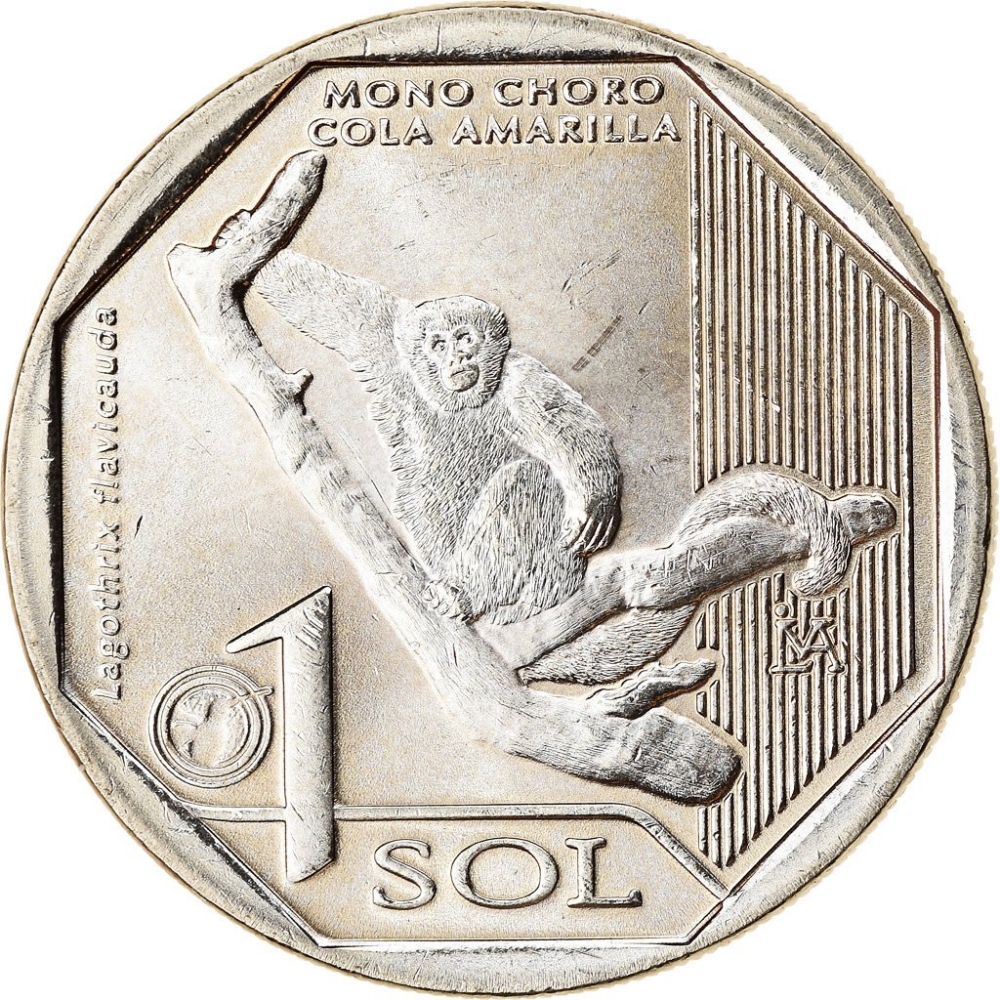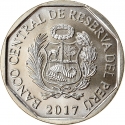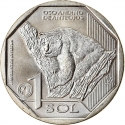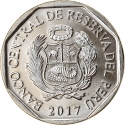You are about to finish your registration. Please check your mailbox (including spam folder). There should be a letter with a confirmation link. Check setting to make sure that your e-mail address is correct.
Send letter againDescription
Engraver: Felipe Escalante Chuñoca
Obverse

|
Depicts the coat of arms of Peru surrounded by the inscription "Central Reserve Bank of Peru", date below. BANCO CENTRAL DE RESERVA DEL PERÚ |
|---|---|
Reverse

|
Depicts a yellow-tailed woolly monkey sitting on a tree. A geometric design of vertical lines, the national Mint’s mark (LMA), the scientific name of the yellow-tailed woolly monkey, Oreonax flavicauda, the denomination numerals, the name of the monetary unit and a symbol of the series - Concentric circles with a hummingbird are also featured. MONO CHORO |
| Edge |
1 Sol
Endangered Fauna of Peru
Yellow-tailed Woolly Monkey
Subscribe series
KM# 415
Endangered Fauna of Peru
Yellow-tailed Woolly Monkey
Characteristics
| Type | Commemorative Issue (Circulating) |
| Material | Nickel Silver |
| Weight | 7.32 g |
| Diameter | 25.5 mm |
| Thickness | 3.05 mm |
| Shape |
|
| Alignment | Coin |
| Mint |
Lima Mint
|







